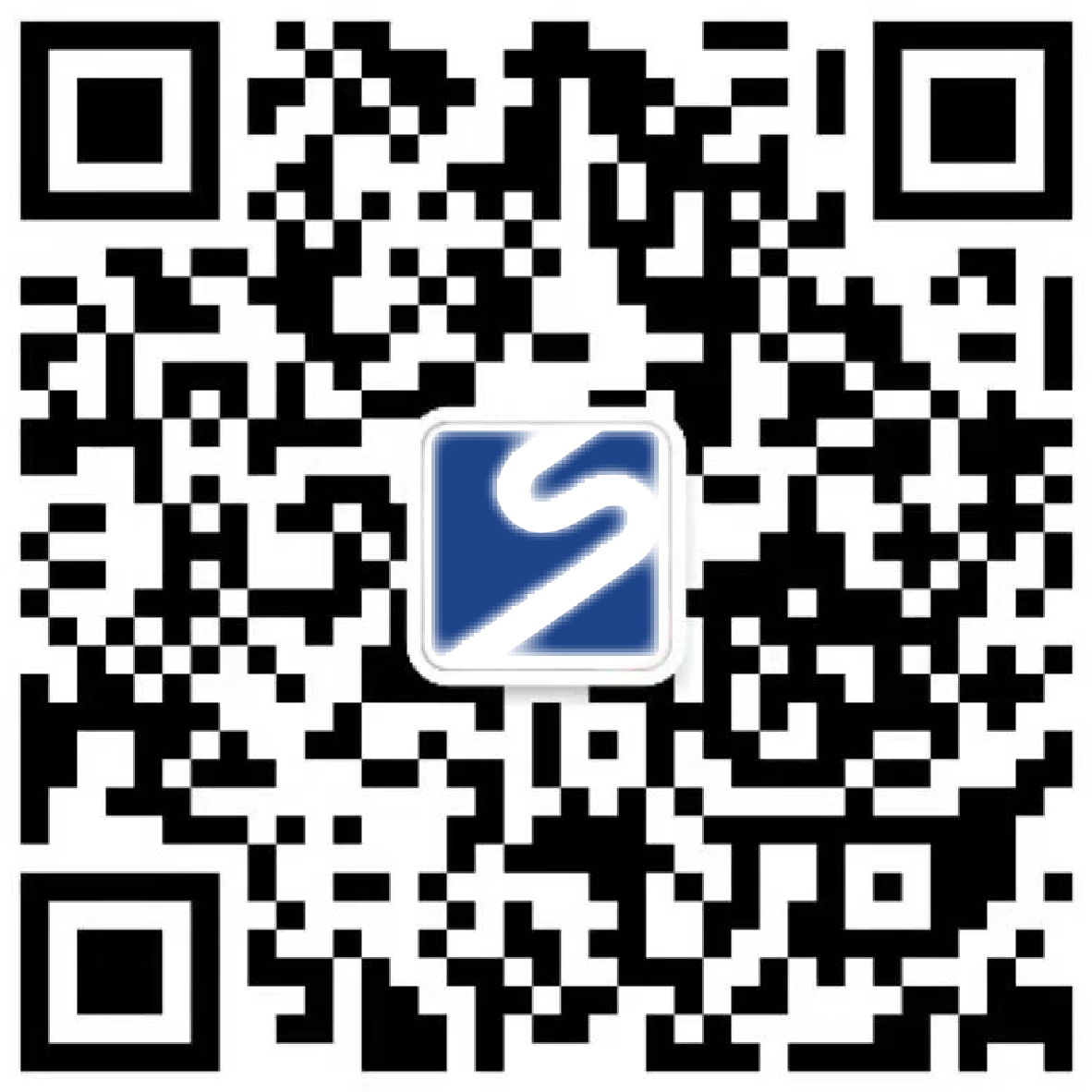Grasp the six keywords appearing in user communication of product catalog design, and quickly locate the consumption power of users
"Hello, I would like to know the cost of designing a product catalog."
"We don't have a high budget but want to look classy."
"This catalog is very important for us to explore the high-end market, and quality comes first."
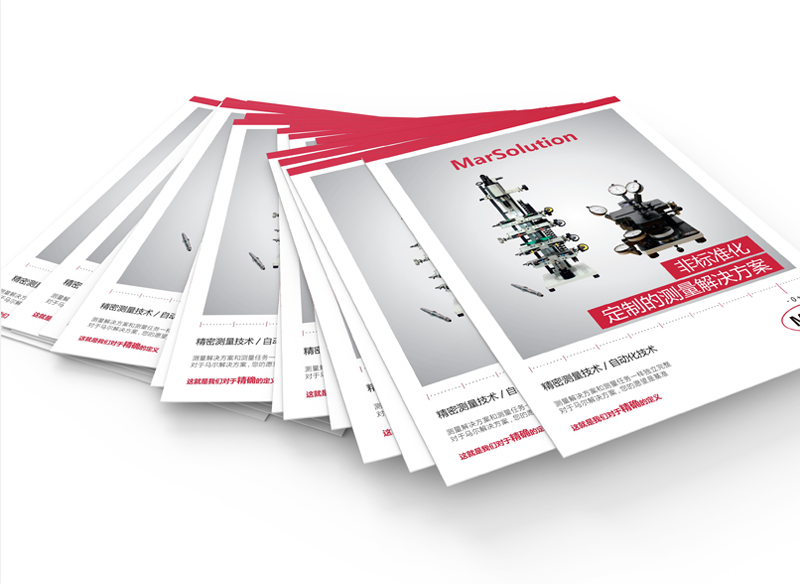
Similar conversations happen every day in the day-to-day consultation of catalog design firms. For the business personnel of the design company, whether they can keenly capture the keywords that reveal the spending power in the short communication with users directly determines the accuracy of the quotation and the order rate. The user won't tell you his budget ceiling directly, but the clues revealed in his words are the golden key to judge his consumption level. By mastering this key, you can take the initiative in the fierce market competition.
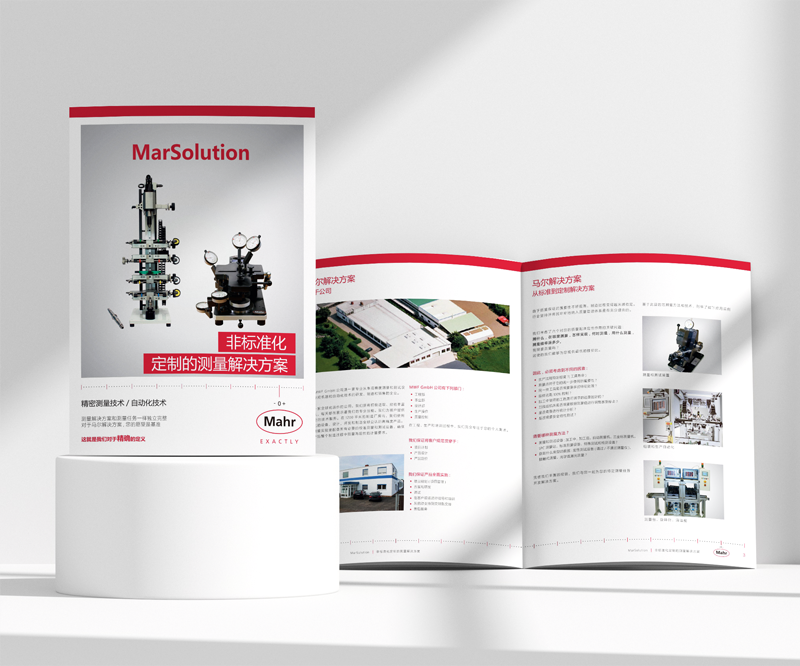
The first category: budget anchor words-delineating the price-sensitive range
The way users talk about budget is the most direct window to judge their spending power. When users actively throw out specific numbers, whether high or low, clearly outline their expected range:
Fuzzy interval type: "The budget is limited, try to control it", "the cost performance is higher", "the basic model is fine". Such expressions usually point to low-to medium-budget customers who are price-sensitive, and may be more concerned with the implementation of basic functions than the uniqueness of design and advanced craftsmanship. At this time, emphasizing "economical solutions", "efficient use of standardized templates" and "reliable presentation of basic processes" are the key points of communication.
Clear digital type: "We have a budget of about X million yuan", "I hope to control the cost of a single P within XX yuan". Users who can put forward specific figures often have clearer planning and investment expectations for projects. This figure itself is a strong anchor point, which directly reflects users' willingness to invest and acceptable price ranges. Business personnel need to quickly evaluate whether the budget matches their design requirements (such as number of pages, process complexity), and recommend the corresponding catalog design scheme accordingly.
Value priority: "Budget is not the biggest problem, the key is to achieve good results", "As long as expectations can be met, investment can be negotiated". The signals released by such users are very positive and usually represent mid-to-high-end consumption potential. They pay more attention to the design value and commercial return that the heavy-duty record ultimately presents. For them, the focus should be on how to enhance brand image, impress target customers and achieve market goals through professional design, instead of dwelling on specific quotation figures from the beginning.

The second category: quality and material words-revealing the pursuit of value sense
The description of the final presentation effect of the user's catalog, especially the emphasis on "texture", "material" and "high-end sense", is the key to judging how much premium he is willing to pay for quality.
Basic and practical type: "The information is clear and accurate", "The paper should not be too bad, ordinary coated paper is fine", "It is the most important thing to be able to see the product clearly". The core demands of such users are accurate information transmission and basic durability, and their pursuit of design sense and advanced materials is low. Communication should focus on ensuring the information readability, structural logic and cost controllability of catalog design.
Quality improvement: Users began to put forward specific material requirements: "The cover hopes to have some special craftsmanship, such as bronzing or UV", "The inner pages should be made of paper with better texture, such as high-grade snow copper or art paper with texture", "The whole thing should look classy". This shows that users are willing to pay extra for better design performance and tactile experience, and belong to medium to medium-high budget customers. Business personnel need to be familiar with the cost differences of different papers and processes, and be able to clearly explain how they can enhance the overall design value of the catalog.
Ultimate pursuit: "The cover should be made of imported special paper and complex process combination (such as hot stamping and convex local varnish)", "The inner pages should be matched with different high-grade papers according to different product series", "It is necessary to make a collection-level feeling" and "The design must be unique and have a strong brand artistic tone". These types of keywords are a prominent sign of high-end customers. Their ultimate pursuit of ingenuity in materials, craftsmanship and design means a large budget space. At this time, it is necessary to demonstrate the company's profound resources and exquisite skills in high-end catalog design and production, and provide customized and differentiated solutions.

The third category: decision-making level words-judging the tightness of budget approval
Understanding who is the final decision maker and the length of the decision-making chain is crucial to estimating budget flexibility and project advancement difficulty.
Communication at the executive level: "I am responsible for collecting information and inquiry, and finally ask the boss to decide", "Our department will look at the plan and quotation first". Such users are usually executors, with limited budget authority and long decision-making chains. Their core appeal is to provide clear, standardized catalog design schemes and quotations that meet the requirements of the company's process, so as to report upwards. The space for budget negotiation is usually small, so attention should be paid to the rationality of the quotation and the sufficiency of the basis.
Direct communication between management/boss: "I (boss/person in charge) will talk to you directly", "I can decide on this matter", "If the plan is satisfactory, it can be started as soon as possible". This is the ideal person to communicate with. The personal participation of decision makers often means that the project priority is high and the budget approval is more flexible and efficient. They pay more attention to the strategic value, overall effect and timeliness of catalog design. In communication, creativity, strategy and input-output ratio can be discussed more deeply, and the space for budget negotiation is relatively larger. Responding quickly and demonstrating professional depth are the keys to earning trust.
Emphasize the complexity of decision-making: "multiple departments need to countersign", "the group headquarters needs to review" and "the process is cumbersome". This kind of expression implies that the project decision-making chain is long, involves many stakeholders, and the budget approval may be strict and time-consuming. The quotation needs to be more rigorous, the plan needs to consider meeting the needs of multiple parties, longer decision-making time needs to be reserved in communication, and be prepared to deal with the possibility of repeated revisions.
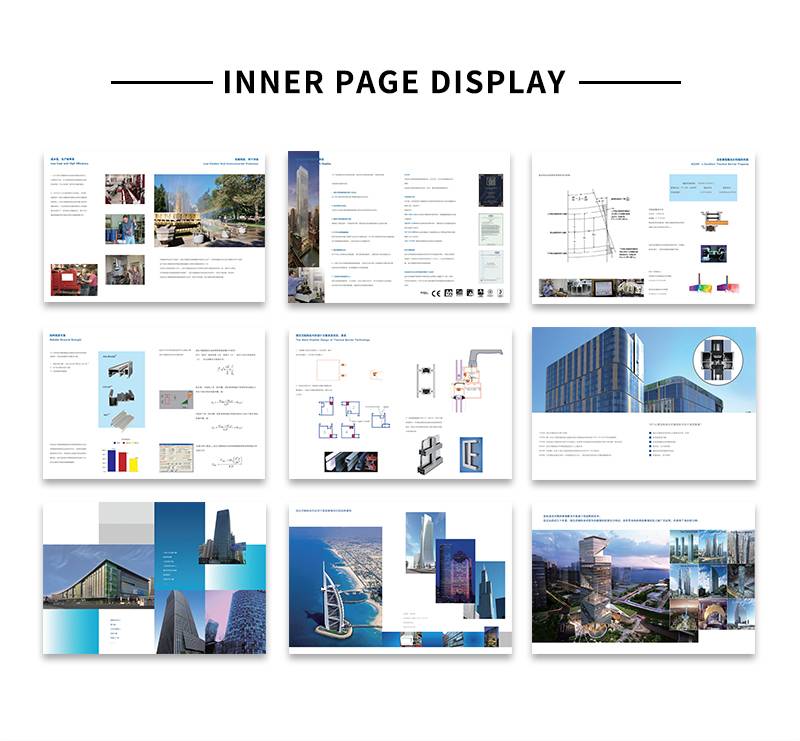
The fourth category: time and efficiency words-measuring urgency and willingness to pay
The time requirement of the project is often positively related to the user's willingness to pay. Expedited demand usually means that users value speed more and may be willing to pay a premium for it.
Conventional planning type: "Just follow the normal process", "Don't worry, quality is the most important thing", "Reserve enough time for design". Such users are more planned and have little pressure on time. Quotations can be based on standard processes and costing. Communication focuses on process transparency and quality assurance.
Clear time limit type: "It must be completed before X month" and "match the time of our new product launch conference". Users with explicit DDL indicate that the project is driven by specific business goals. While not necessarily directly equal to a high budget, reasonable expedited expenses are necessary to consider. Need to assess the team schedule and the cost of expedited execution, and communicate clearly.
Extremely urgent type: "Very urgent! It's best to publish the draft/get the finished product next week", "You can also add money, speed comes first!", "Special projects, leaders keep an eye on them". This is a strong signal of a high willingness to pay. Urgent demands disrupt the normal production rhythm and require additional resources and cost inputs (e.g. overtime, expedited printing, special logistics). The quotation should clearly reflect the expedited cost, and emphasize the ability and commitment to guarantee the basic quality of catalog design and production within the limit time.
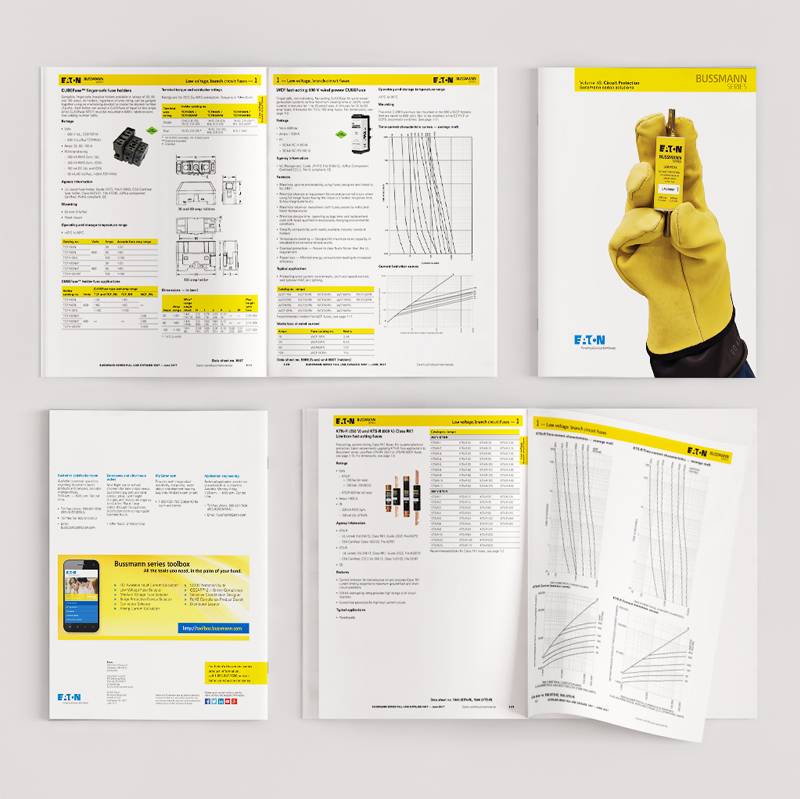
Category 5: Scale and Complexity Words-Estimated Project Volume and Investment
The physical specifications (number of pages, size) and content complexity (number of products, amount of information, degree of customization) of the catalog itself are the basic factors that affect the cost.
Small basic type: "only ten or twenty pages", "A4 size is conventionally made", "there are not many products, and the introduction is relatively standard". Small, simple catalog projects usually correspond to lower budget ranges. The quotation focuses on basic design and production costs.
Medium-sized conventional type: "About 50 pages", "It may need to be divided into several chapters", "There are several series of products, and the introduction is detailed and brief". This is the most common project size. Users usually have relatively clear expectations. The quotation needs to calculate the number of pages, design complexity (illustrations, typesetting difficulty), image processing volume, etc. in detail. Emphasize the rationality of catalog design and user experience.
Large and complex type: "More than 100 pages, with a lot of content", "The format needs special size (such as extra-wide and square)", "Multi-language version", "Contains a large number of customized diagrams, illustrations and photography needs", "The structure is very complex and requires strong information design ability". This kind of project has a huge workload and requires extremely high planning, execution and project management capabilities of the design team. Naturally, it corresponds to the high budget level. The quotation needs to be extremely detailed, listing various costs (planning, copywriting, photography, illustration, design, typesetting, translation, special printing, etc.), and fully reflecting the value of a professional team in dealing with complex projects.
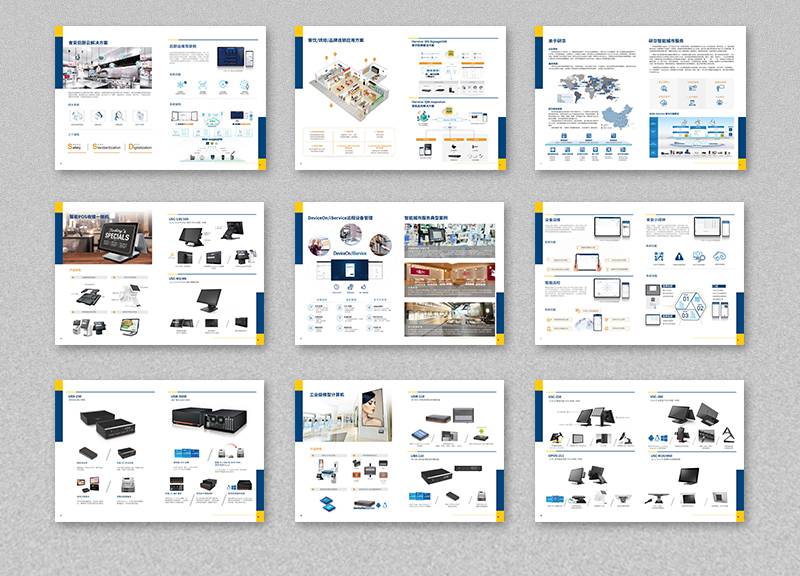
Category 6: Strategic value words-insight into the business intent behind the catalog
The mission assigned to the catalog and the business goals they expect to achieve best reflect the level of resources they are willing to invest.
Basic information transmission: "Mainly to show new products to existing customers", "Internal use or exhibition distribution to let people know that we have these products". Catalogs, which are positioned as basic information carriers, often pursue practicality and cost-effectiveness, and the budget is usually low.
Sales support and conversion: "Be able to help sales staff explain to customers", "promote potential customers' inquiries and orders", and "highlight product selling points and advantages". Users expect catalogs to directly drive sales performance, and their willingness to invest is significantly improved. Communication should emphasize how the design optimizes information transmission, enhances persuasiveness, guides users to act (Call to Action), and correlates the value of catalog design with sales results.
Brand building and high-end occupancy: "Represents the highest image of our brand", "Targeting high-end customers/international market", "Be amazing, impressive, and enhance brand premium", "It is an important brand asset". When users position a catalog as a strategic-level brand-building tool, it usually indicates a high budget. What they pursue is the ultimate experience and brand value created by top-level creativity, unique design, excellent craftsmanship and materials. At this time, the catalog design company needs to show the strength of strategic thinking, artistic level and high-end quality, and the quotation should match the brand value it creates.
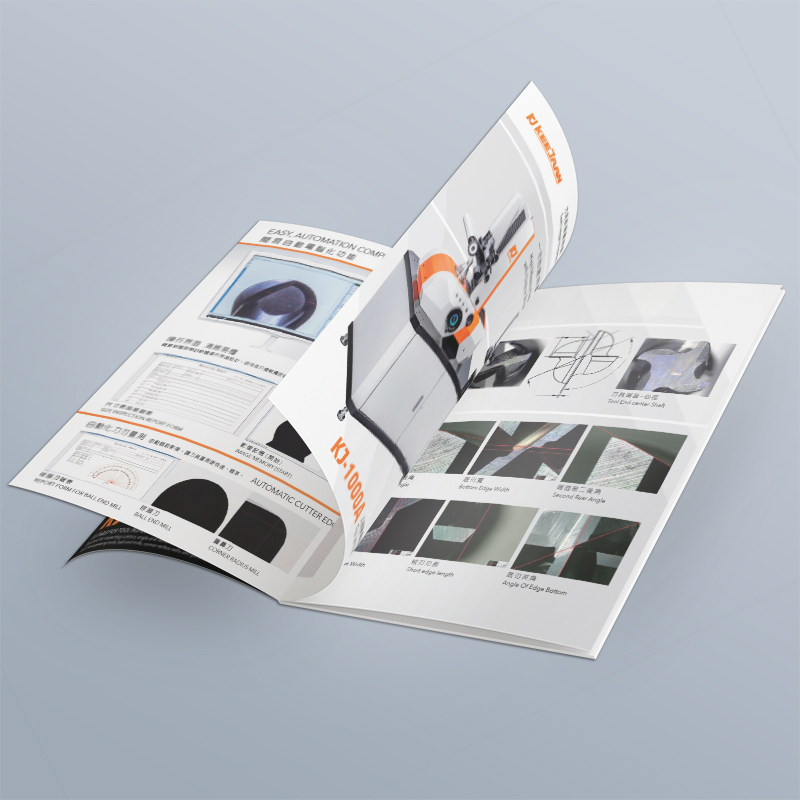
Accurate positioning, reasonable quotation: maximize the value of catalog design
Every word in the user's mouth is not an isolated piece of information. The prudence of budget control, the pursuit of imported art paper, the weight of the boss's personal decision, the urgency of next week, the volume of 200 pages of pictures and texts, and the positioning of brand facade... Only by combining these key words can we outline a three-dimensional portrait of users' spending power.
Keen business personnel can combine these keyword pieces like a puzzle within ten minutes of the initial communication. When users mention "special craftsmanship" and "brand height" and reveal that "time is in a hurry", the image of a customer with a medium and high budget and pursuing quality and efficiency is already clear; When users repeatedly emphasize "cost-effectiveness" and "basic models" and say "department approval is required", the outline of a project with a limited budget and a long decision-making chain emerges. This kind of quick judgment based on keywords is the key for design companies to rationally allocate resources, accurately match services and effectively control costs.
Successfulcatalog designCooperation begins with accurate spending power positioning. Every communication is an opportunity to gain insight into users' real needs and willingness to pay. By mastering the decoding ability of these six types of keywords, design companies can not only give reasonable quotations more confidently, but also match users with catalog design solutions that really suit their needs and budgets. Let every catalog become an accurate bridge connecting brands and users, which is the value of professional design-creating in understanding and sublimating in communication.



